Mr. Vuong Dinh Hue suggested that the Drafting Committee include principles and methods for determining land prices in the draft Land Law (amended) for the National Assembly and voters to comment on.
Discussing in groups at the National Assembly on the morning of June 9 about the draft revised Land Law, National Assembly Chairman Vuong Dinh Hue said that Resolution 18 of the Central Committee on land development policy requires a method for determining land prices according to market principles. However, when reading the draft Land Law, delegates found it difficult to discuss because it only stated that the Government would provide detailed regulations.
According to Mr. Hue, in land finance, the most difficult thing is land price. Therefore, the law needs to specifically regulate land price from principles to methods of determination for the National Assembly to comment. "Many experts and land users say that the more methods of determining land price, the more difficult it is to apply. Once applied, people will ask why this method is used and not another method," National Assembly Chairman Vuong Dinh Hue analyzed.
He said that in the draft resolution on piloting a special mechanism for the development of Ho Chi Minh City, the city has persistently proposed applying the K coefficient method to ensure transparency and ease of implementation. At that time, investors will know the input costs that need to be paid once and annually in the financial plan, and at the same time, it will be easy for authorities to apply.

National Assembly Chairman Vuong Dinh Hue speaks at a group discussion at the National Assembly on the morning of June 9. Photo: Hoang Phong
The most difficult problem when determining land prices, according to the National Assembly Chairman, is the border area within a province or bordering two provinces. One side is a special urban area and the other side is a normal urban area, so the land prices will be different, which will give rise to complaints. "So, if the Government specifically regulates land prices, how can the National Assembly feel secure in passing them?", Mr. Hue said, suggesting that the Drafting Committee include the content on principles and methods for determining land prices in the draft law so that the National Assembly and voters can contribute their opinions.
Agreeing with Mr. Hue, delegate Le Thanh Van (Standing member of the Finance and Budget Committee) said that the draft must provide a consistent method for determining land prices. "It is said that land prices are determined according to market principles, but what method is that? If in the case that the land price surveyed at the actual location is higher than the land price list, how will it be resolved?" Mr. Van wondered.
According to him, in a place where the current land price cannot be determined, the average price over 5 years can be used to determine it. In remote areas, where land price is determined for the first time, it can be calculated based on production value and factors affecting the land plot such as traffic and soil.
Land price adjustment coefficient needs to be stable
At the Quang Ninh group, Mr. Nguyen Xuan Thang, Director of the Ho Chi Minh National Academy of Politics, Chairman of the Central Theoretical Council, said that the draft stating "land pricing according to market principles" is not enough. "We are a socialist-oriented market, not everything follows the market," he said, suggesting that pricing regulations be set for each type of land to ensure science and transparency.
The basis for valuation in the draft includes many contents, such as the price level at the time, local and regional conditions; land with infrastructure. However, Mr. Thang said that the price of residential land needs to be different from the price of land associated with production and business. "Land valuation needs to be based on an adjustment coefficient suitable to reality, meeting the criteria of stability, avoiding one price today and another price tomorrow, so that businesses can feel secure in investing," Mr. Thang said.
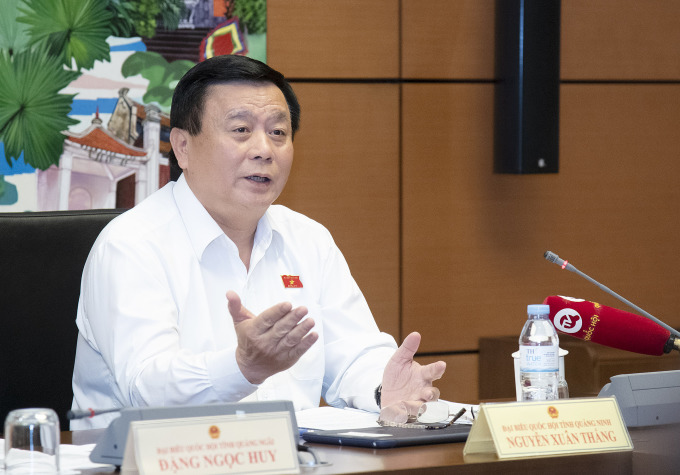
Mr. Nguyen Xuan Thang. Photo: National Assembly Media
The Director of the Ho Chi Minh National Academy of Politics suggested that the drafting committee should come up with a valuation method that ensures relative stability for businesses and people to develop production and business plans. If any business does not produce but only speculates, the land must be reclaimed.
Previously, Minister of Natural Resources and Environment Dang Quoc Khanh presented a report stating that the draft Land Law has outlined a method for land valuation based on market principles, in compliance with proper procedures, ensuring publicity, transparency, and independence of the appraisal council. The draft proposed that the Government detail the determination of land prices; contents and conditions for applying land valuation methods; develop and apply land price lists, specific land valuation; inspect and supervise the implementation; and provide land valuation consultancy.
According to the Government Decree 2014, there are 5 methods of land valuation. The first is direct comparison through analysis of the price of vacant land plots similar in terms of purpose of use, profitability, location, infrastructure conditions, shape, and area. The second is deduction, land valuation with land plots with assets attached to the land by excluding the asset value from the total value of the real estate.
The third is to collect and value land by the ratio between the average annual net income per unit of land area and the average annual savings interest rate. The fourth is to use surplus and value land with land plots that have potential for development according to planning or are allowed to change land use purposes for the highest use. The fifth is to use the land price adjustment coefficient (coefficient K) multiplied by the land price in the land price list issued by the provincial level.
Viet Tuan - Son Ha
Source link



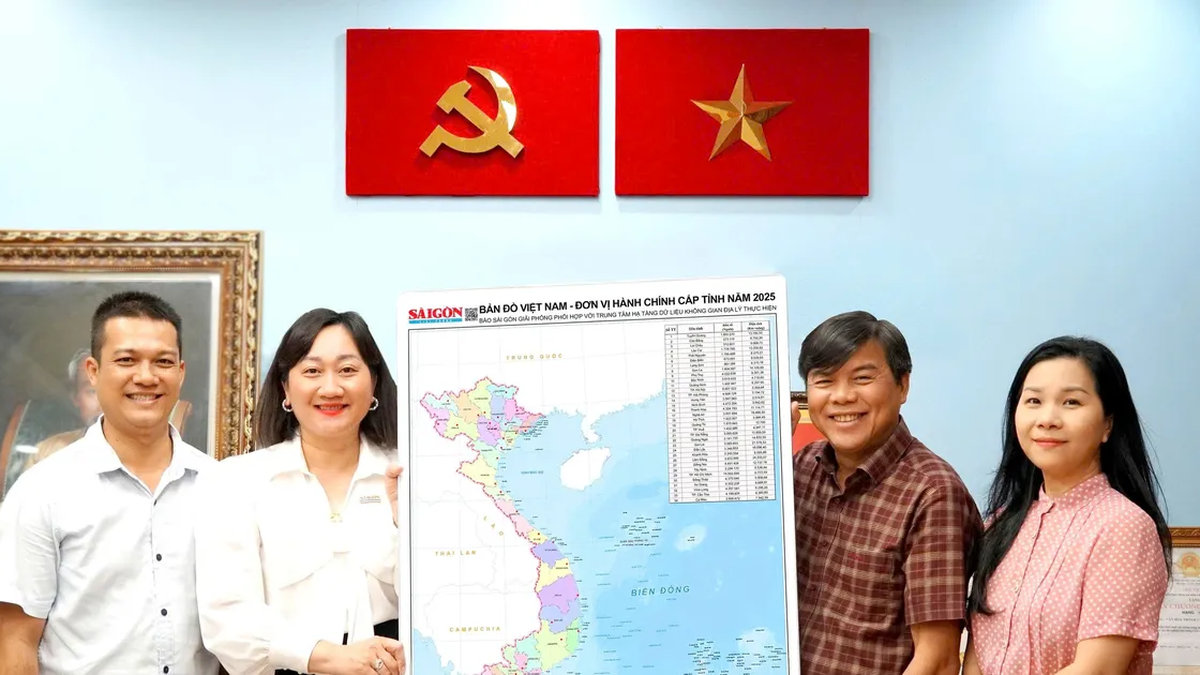

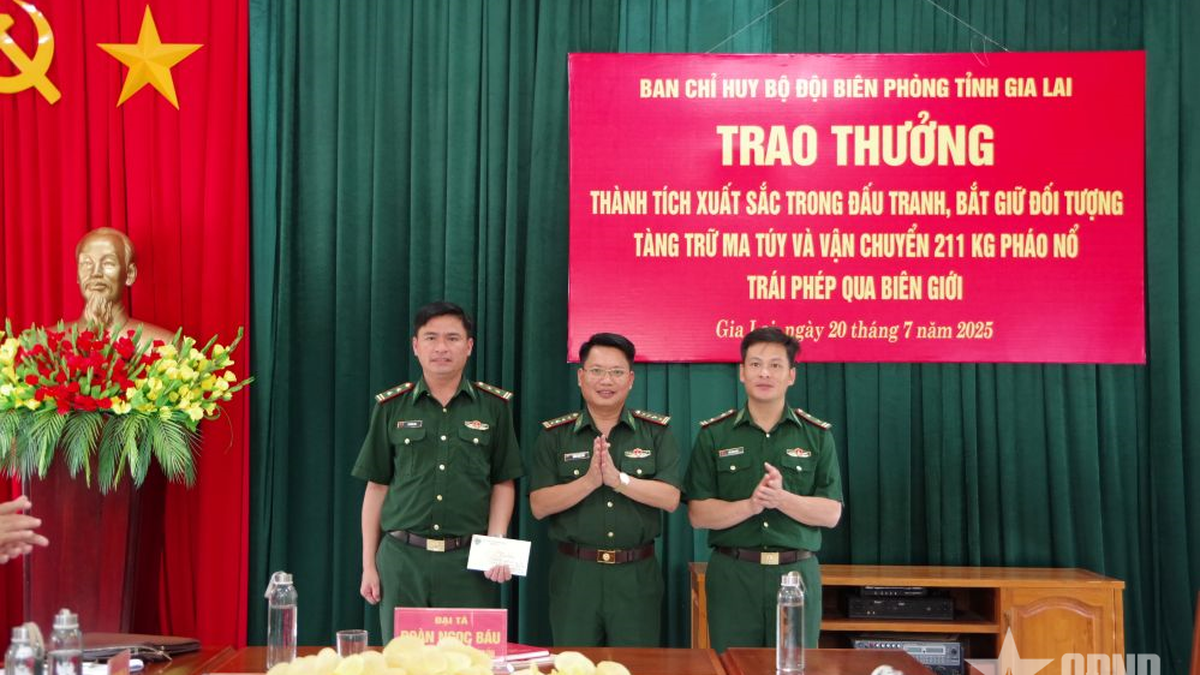

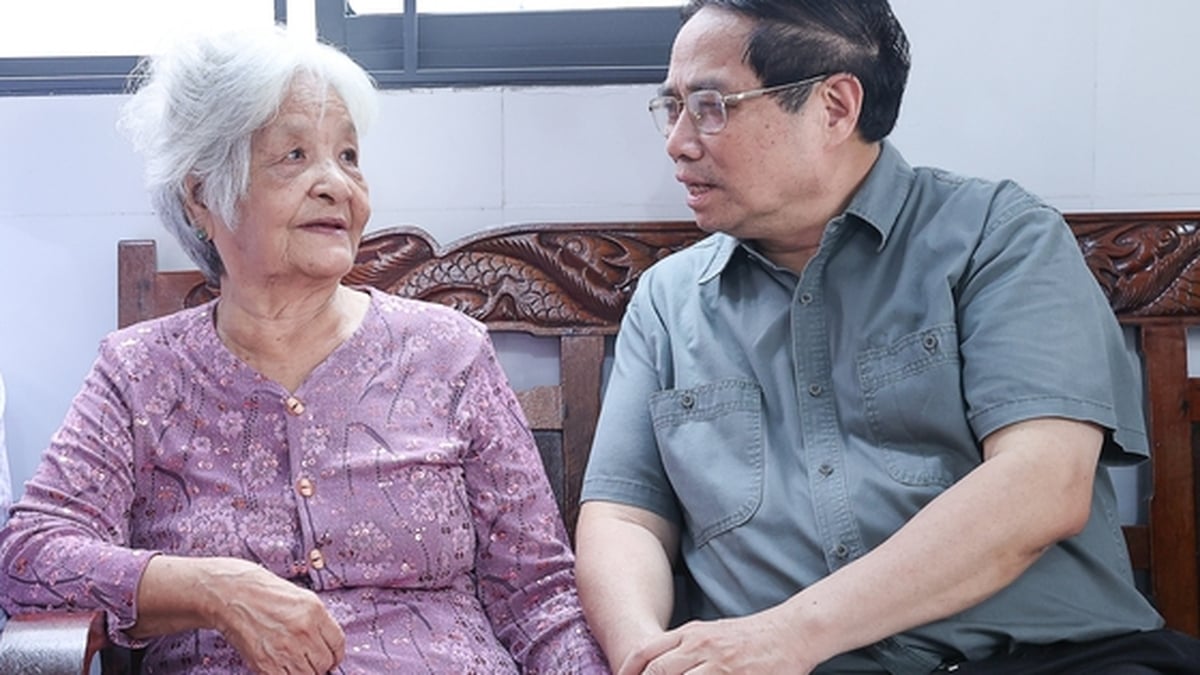
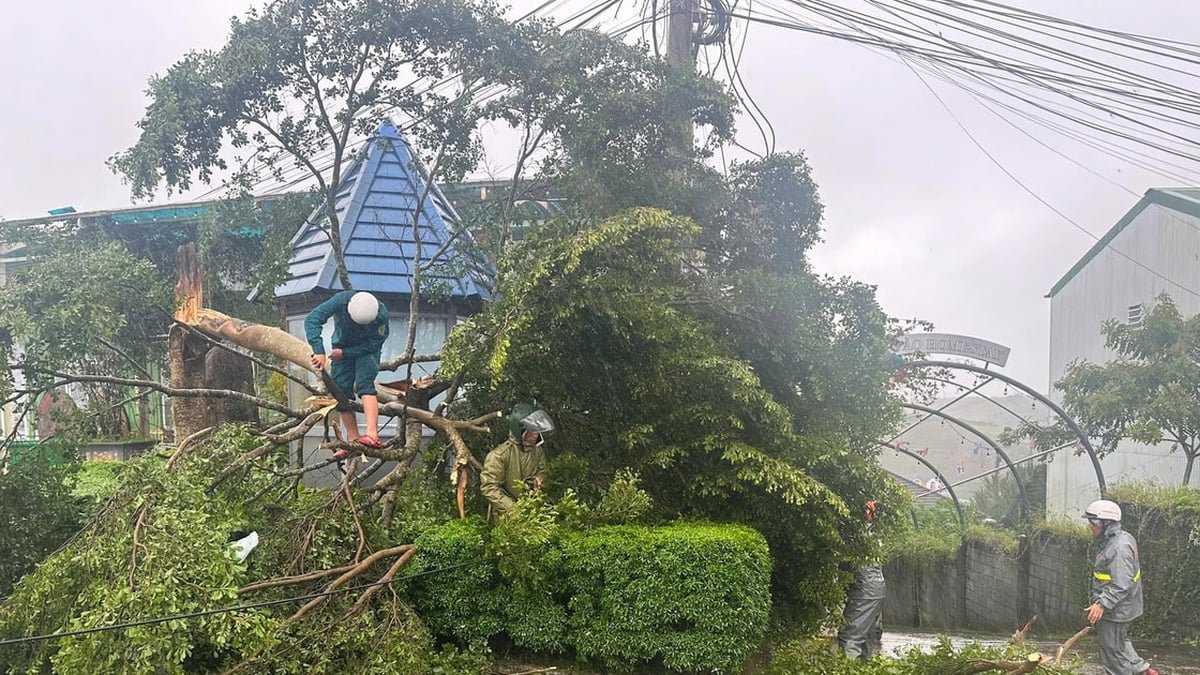
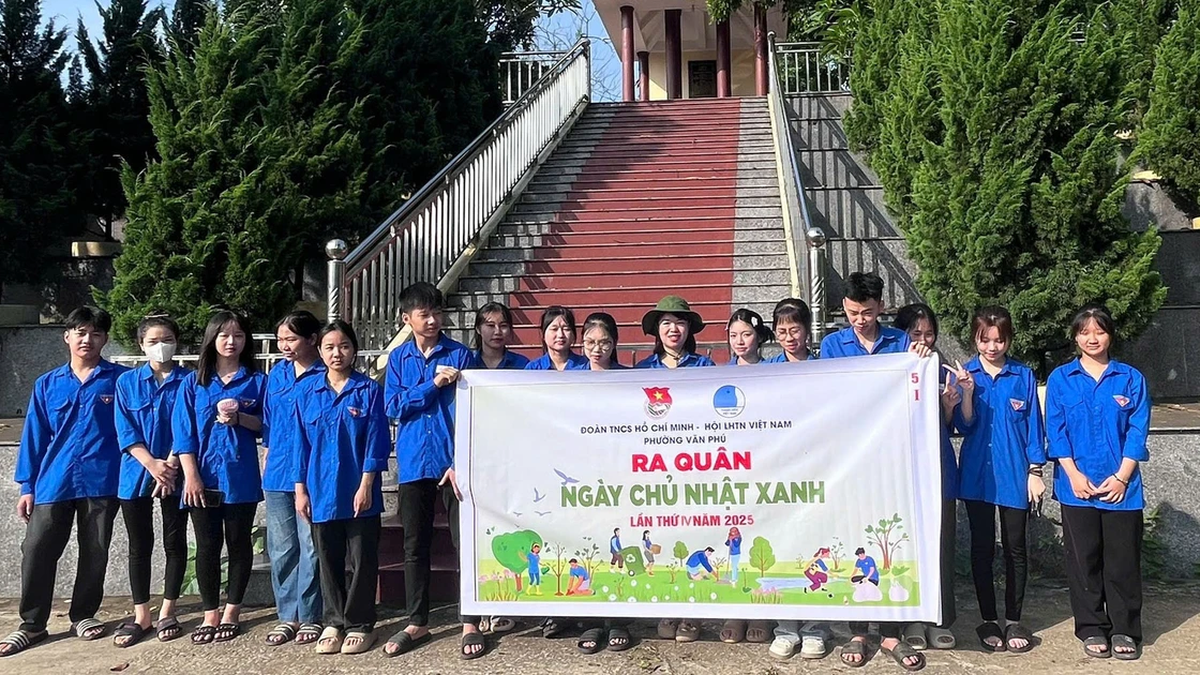
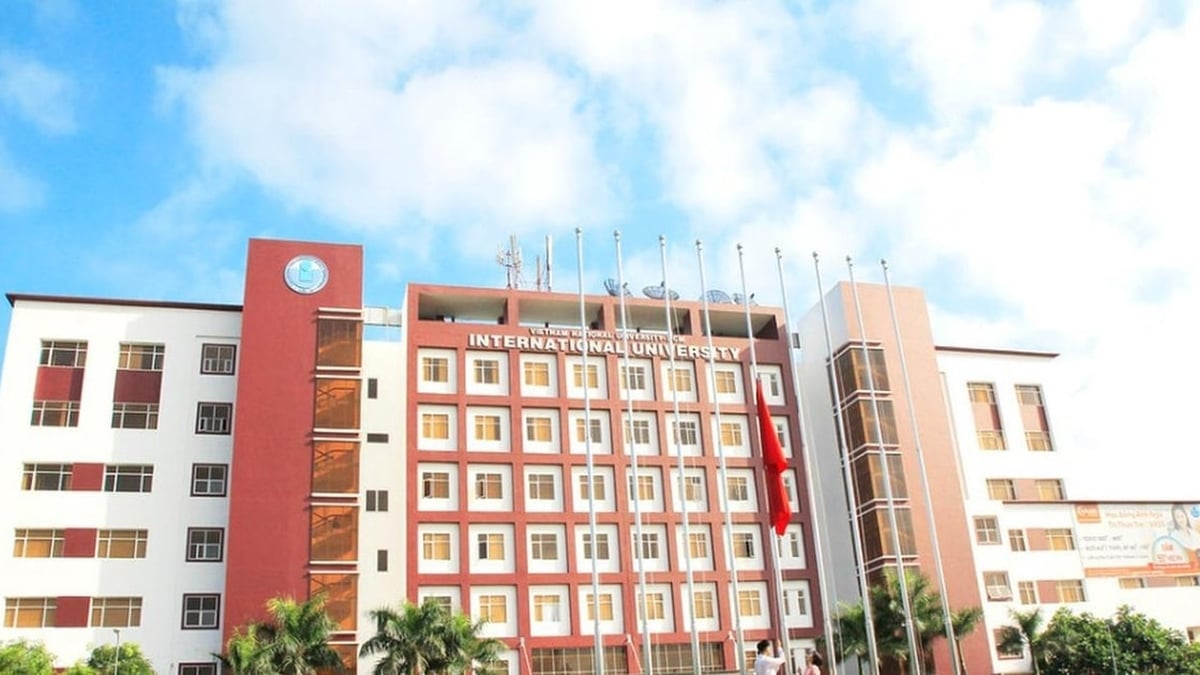
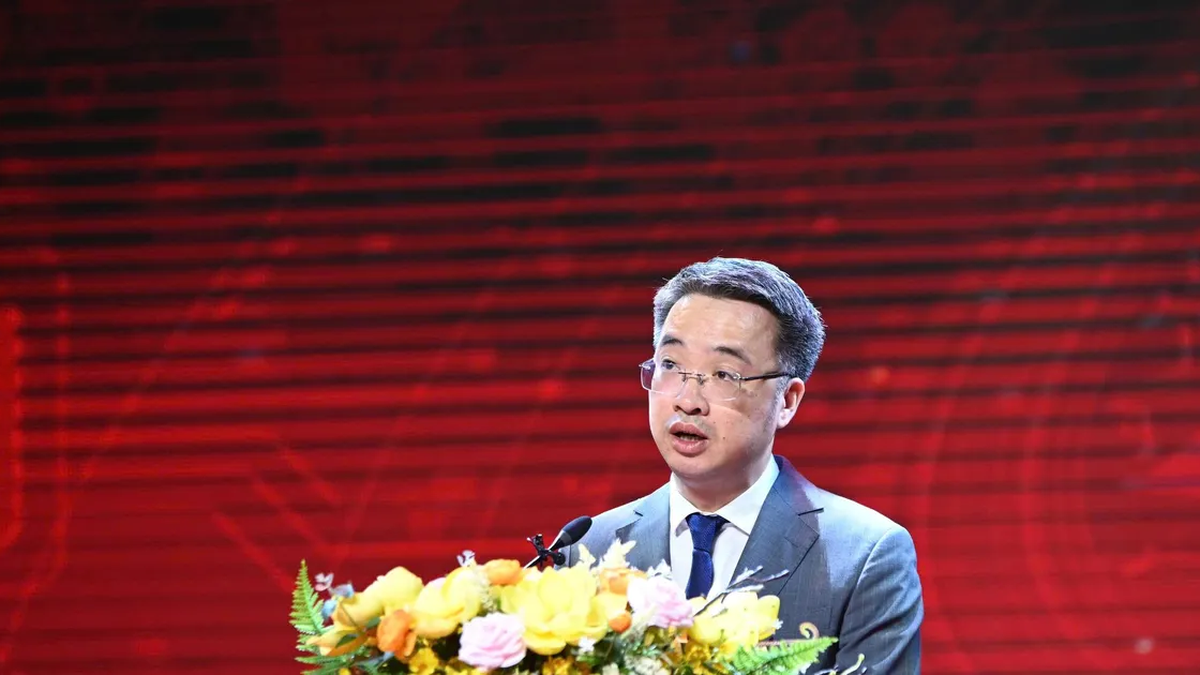












![[Photo] National Assembly Chairman Tran Thanh Man visits Vietnamese Heroic Mother Ta Thi Tran](https://vphoto.vietnam.vn/thumb/1200x675/vietnam/resource/IMAGE/2025/7/20/765c0bd057dd44ad83ab89fe0255b783)









































































Comment (0)